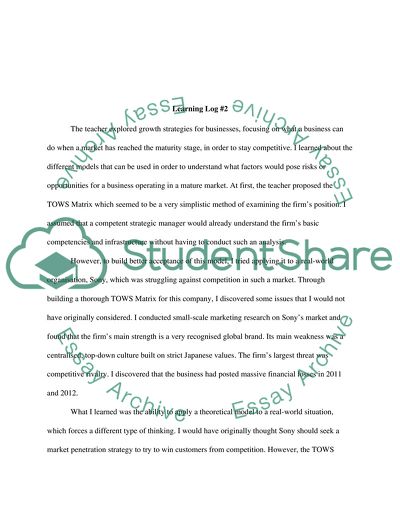Cite this document
(“Strategic planning and control Assignment Example | Topics and Well Written Essays - 2000 words - 1”, n.d.)
Strategic planning and control Assignment Example | Topics and Well Written Essays - 2000 words - 1. Retrieved from https://studentshare.org/finance-accounting/1672825-strategic-planning-and-control
Strategic planning and control Assignment Example | Topics and Well Written Essays - 2000 words - 1. Retrieved from https://studentshare.org/finance-accounting/1672825-strategic-planning-and-control
(Strategic Planning and Control Assignment Example | Topics and Well Written Essays - 2000 Words - 1)
Strategic Planning and Control Assignment Example | Topics and Well Written Essays - 2000 Words - 1. https://studentshare.org/finance-accounting/1672825-strategic-planning-and-control.
Strategic Planning and Control Assignment Example | Topics and Well Written Essays - 2000 Words - 1. https://studentshare.org/finance-accounting/1672825-strategic-planning-and-control.
“Strategic Planning and Control Assignment Example | Topics and Well Written Essays - 2000 Words - 1”, n.d. https://studentshare.org/finance-accounting/1672825-strategic-planning-and-control.


